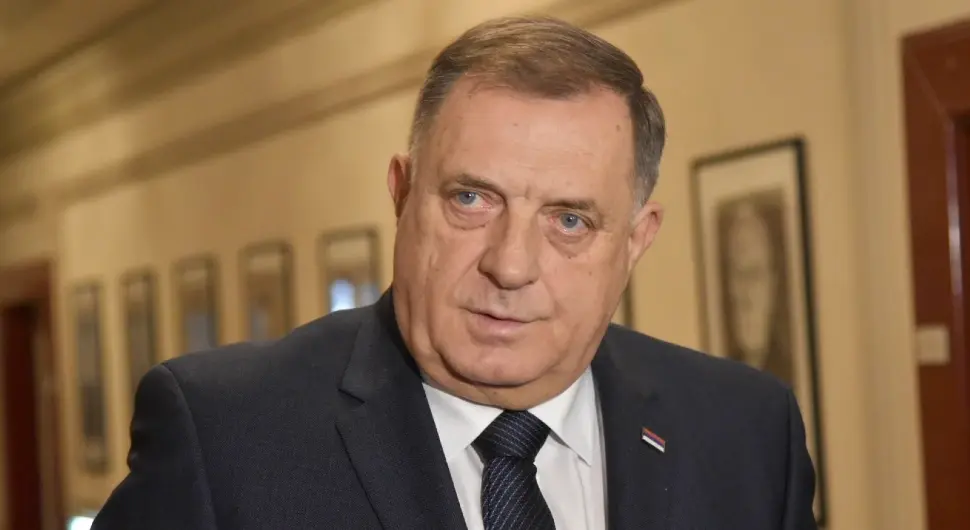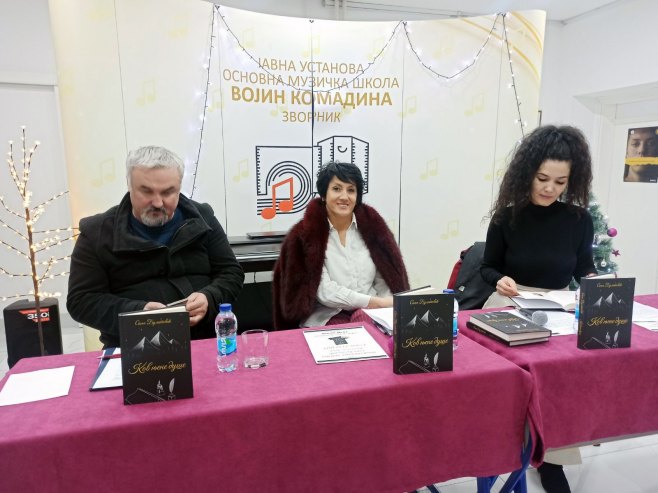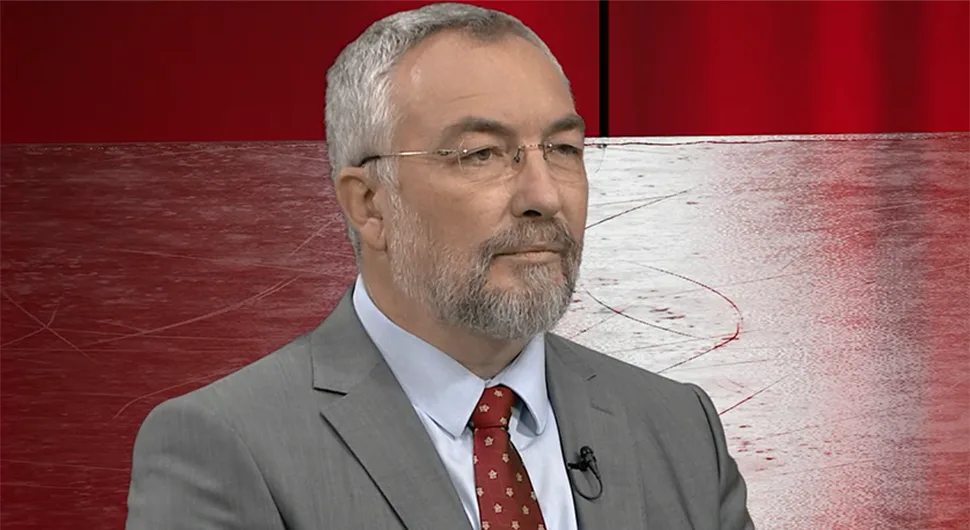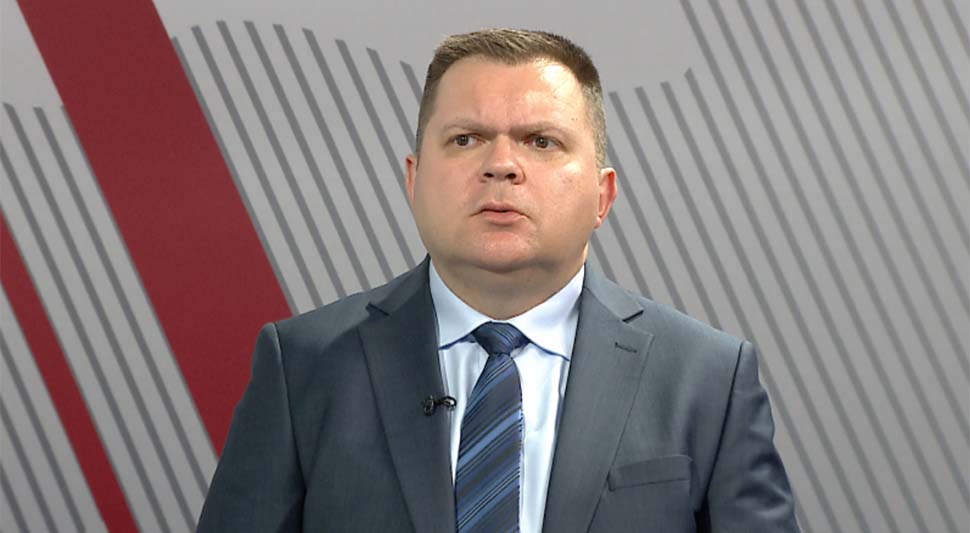The director of the Center for Socio-Political Research of Republika Srpska, Dušan Pavlović, stated that today’s celebration of the breakthrough of the Corridor (The military operation “Corridor 92”), which symbolizes the reunion of Serbs from the east and west of Republika Srpska, is a seed and symbol of pan-Serbian spiritual, cultural, and overall unity, as defined in the recently published Declaration of the All-Serb Assembly.
Pavlović recalled the crucial struggle of the Serb people, which was a prerequisite for the survival of those Serbs who survived the genocide in the NDH (Independent state of Croatia).
He noted that enemies have been trying for centuries to divide the Serb people on every possible basis, even by regional affiliation into Herzegovinians, Montenegrins, Šumadijans, Semberians, Posavians, Krajišniks, and so on, but pointed out that all these regional identities are cultural and national wealth of the Serbian people, and without each other, they are nothing more than the slaves of others.
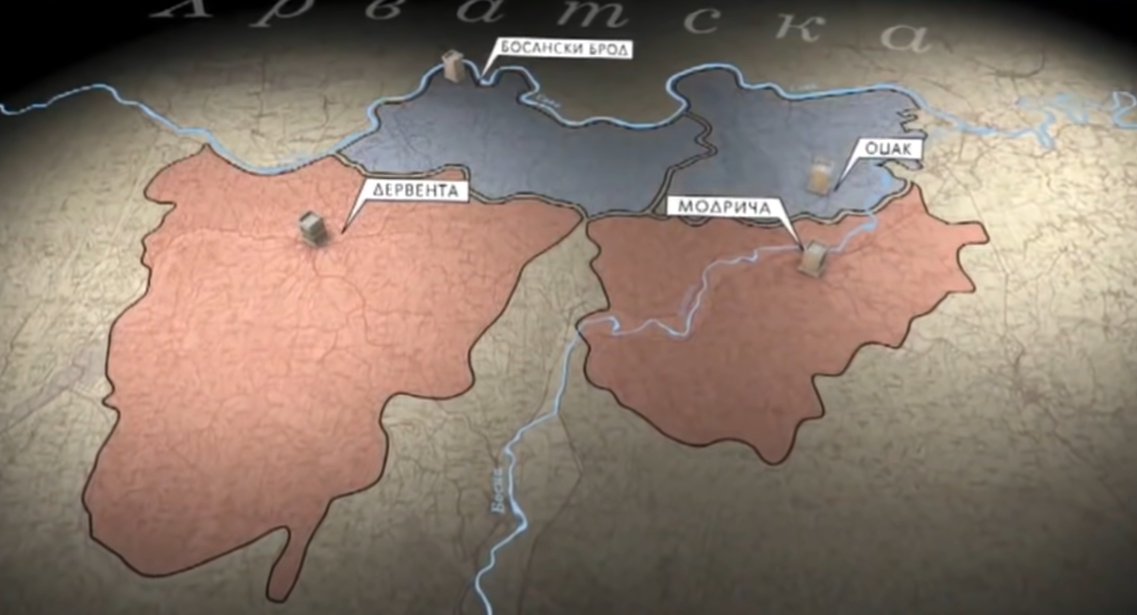
The author’s text by Pavlović for Srna is published in full:
The beginning of the liberation of living space and the creation of basic conditions for the survival of the Serb people in the area of today’s Dayton BiH was mainly characterized by self-organization and crucial struggle. The Serbian people in the then SR BiH lived in the reality of the SFRY and its preservation, and therefore trust in the then only legal and legitimate Yugoslav People’s Army. That is why the Army of Republika Srpska (VRS) was formed only on May 12, 1992, while Muslim and Croatian paramilitary formations existed since 1990 and had fully formed structures and strategic and operational plans by early 1992.
The extremely difficult situation for the defense of the existence of Serbs west of the Drina River is also evidenced by the fact that the Drina Corps of the VRS was formed only in the autumn of 1992, with serious difficulties.
The necessity of self-organization and decisive struggle were prerequisites for the survival of the remnants of those who survived the genocide against Serbs in the NDH. Serbs, in regions where they managed to repel the first attacks, were often isolated and cut off from other Serb territories. This was the case with the Serbs and other then pro-Yugoslav populations (who fought alongside the Serbs) from Brčko to Knin.
In that area, around a million Serbs and their fellow citizens were cut off. In Posavina, from Brčko to Modriča, there were slightly more than 30,000 Serbs surrounded by about 150,000 Muslim-Croatian population and with Croatia in the background, from where they were intensively shelled daily. Serbs from Krajina and their fellow citizens were cut off from Serbia by the crime against the military convoy in Tuzla on May 15. The humanitarian crisis that ensued is only partially known. The death of 12 babies due to a lack of oxygen is just the tip of the iceberg. How many civilians, seriously ill, or wounded from the front died due to lack of basic treatment conditions, even food, is still largely unknown.
Serbs in Posavina embarked on a decisive struggle for liberation from the siege in mid-April. The formation of front lines to preserve free territory took place in several municipalities: Šamac, Orašje, Modriča, Gradačac, and Brčko. During May, besieged Serbs from Posavina, with desperate efforts and cooperation from Serbian forces from Bijeljina, managed to break through the corridor through part of the town of Brčko and establish a connection with Serbia. This by no means marked the end of existential threats but certainly facilitated the continued struggle for survival.
By the end of June 1992, the already formed 1st and 2nd Posavina Brigades managed to form a kind of corridor from Brčko to almost Modriča, about 60 kilometers long. This came at an extremely high cost – around 200 lives of their fighters and at least twice as many seriously and lightly wounded.
In mid-June, the final phase of establishing the corridor to the remaining cut-off Serbs and their fellow citizens from Modriča to Knin began. On the eve of Vidovdan in 1992, after almost all-day mutual battles (fortunately without fatalities), the Serbs managed to recognize each other and agree, of course, through their patron saint! The first thing that passed through that narrow corridor of life towards Banja Luka was a convoy with oxygen. What remained remembered after the brothers united and the oxygen passed through the corridor is that the Krajina people were convinced that there were at least three to four times more Posavians and that the Posavians thought, seeing the T-84 tanks, that the war would surely end in the next month or two.
The role of Semberians in creating the life corridor for Posavians is clear to anyone reasonable. The role of Posavians in liberating the corridor from Brčko to Modriča, 60 kilometers long, before uniting with the Krajina people, should also be clear to any reasonable person. The role of Krajina people, who fought throughout Republika Srpska during the entire Defensive-Patriotic War, is clear to any reasonable and well-meaning person.
What makes each of our regional identities part of the nation through the covenant value system of the Kosovo Covenant is the awareness of the whole – the entire Serb people, without administrative borders and regional divisions.
Of course, enemies have been trying for centuries to divide us on every possible basis, even by regional affiliation into Herzegovinians, Montenegrins, Šumadijans, Semberians, Posavians, Krajina people, and so on. In this way, they reduce us to tribal groups and want to mentally reduce us to obedient livestock that must look at the grain given to them and peck it with their heads bowed. To avoid living in the reality of a projected mental chicken coop, we must observe the whole from an eagle’s perspective, the Serbian people as a whole. All our regional identities are our cultural and national wealth, but without each other, we are nothing more than the slaves of others.
In this sense, today’s celebration of the reunion of Serbs from the east and west of Republika Srpska is a seed and symbol of pan-Serb spiritual, cultural, and overall unity, as defined in the recently published Declaration.
Source: RTRS
